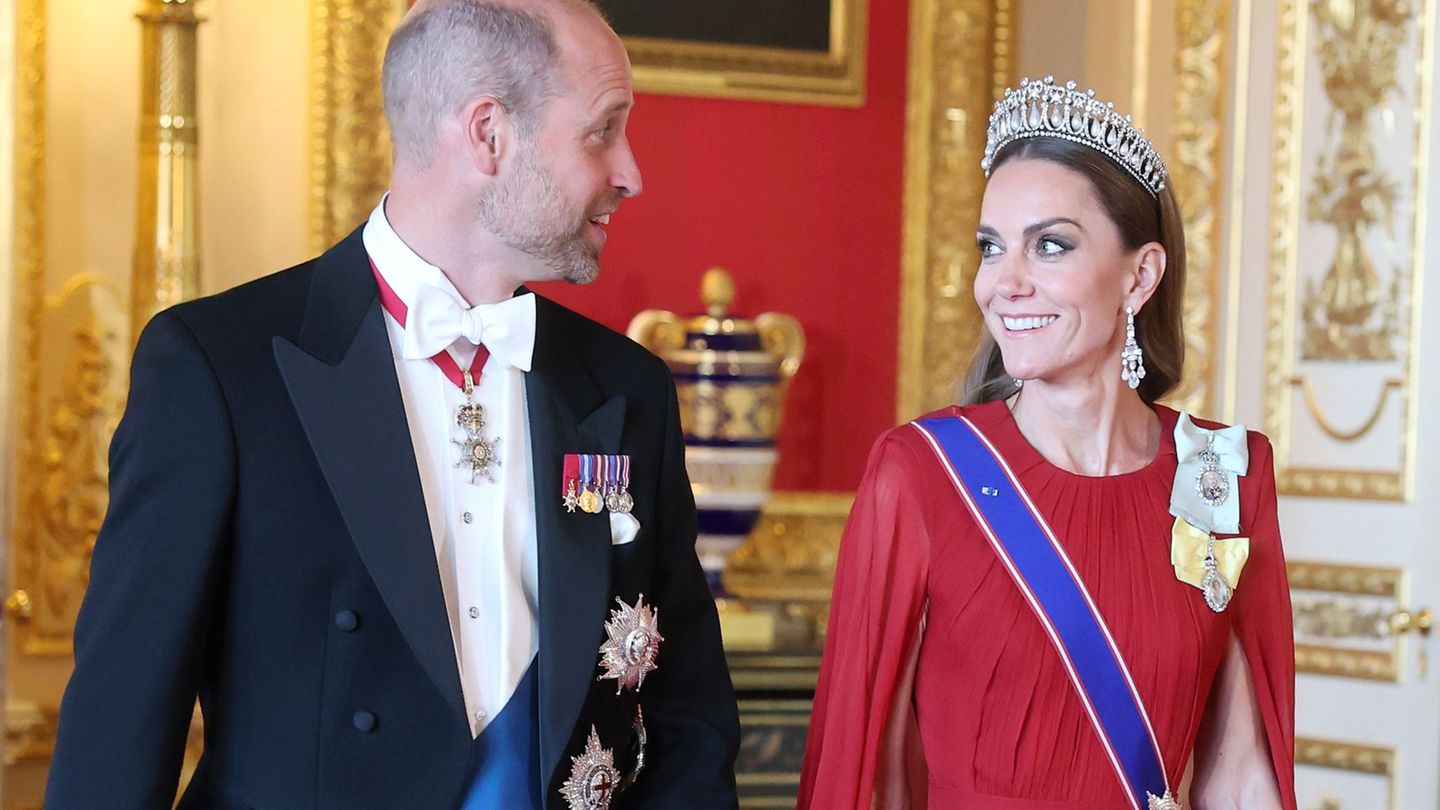US retail inflation rose 0.4% in February. What do you think the Fed will do, Gordon Gekko? Is there a chance that you want to resume raising rates?
Journalist: January’s figures cast doubt on the economy. Is it seriously spicier or is it a statistical mirage? The employment data, the new ones for February and the revision of the January and December numbers, punctured the balloon of runaway activity. It is not like this. The price records, on the other hand, confirmed the higher inflation that was detected first in December and then in January. If the yellow light of employment went out, does that of inflation become a red light? What will the Fed do?
Gordon Gekko: The first conclusion, the most general, is that inflation stopped falling. The second is that retail inflation is climbing again and it is doing so step by step, climbing a ladder. It did so 0.2% in December, 0.3% in January, and 0.4% in February. It’s not what was expected.
Q.: Of course it is not a path that takes us straight to the goal of 2% per year. From there we deviated towards the end of last year. We were better oriented in November than now.
GG: Yes. Although the Fed will want to see the behavior of the consumption deflator before making a verdict. But it is not unlikely that deflator inflation will also mimic this pattern.
Q: It is all attributable to the problems of measuring the cost of housing services. Or is there something else?
GG: The lion’s share is the evolution of the cost of accommodation, but there are other services that do not bend and put pressure. In that sense, a good thing is the drop in prices in the area of medical care services. In contrast, goods inflation rose for the first month since May. But the services, there is no doubt, are the tough nut to crack.
Q: What do you think the Fed will do specifically?
GG: Take note. And leave it established in his speech.
Q: Nothing more expeditious or forceful?
GG: The first step is always communication. Forward guidance. The Fed uses the bond market as a test balloon. They will raise long rates if the Fed believes it is necessary. And that is achieved by talking.
Q: Jay Powell pivoted in December. He opened the doors to lowering rates when, in perspective, inflation was picking up again…
GG: The entire FED changed its position in December. The point map is a collective creation of the entire front page of the institution. It is not a personal position. And there it was decided to cancel the last pending rate increase. No one has asked for it since then. And there the nod was made, the first, to the trajectory of lower rates.
Q: Wasn’t it a mistake? Because inflation threatened to fall at that moment, but once again it raises its head and makes trouble.
GG: This is trial and error. By definition.
Q: Isn’t it time to do another test then?
GG: If the FED believes that it needs to tighten more, it will do so.
Q: If you are data-dependent, shouldn’t you pay attention to the data and act accordingly?
GG: Powell stopped by Congress last week and explained it.
Q.: It’s the tour that we used to call Humphrey-Hawkins sessions.
GG: Correct. His vision is easy to understand. The Fed tightens, but it does not choke. There’s no need. Monetary policy is restrictive, he said. The nominal interest rate is high, much higher than its neutral level. The Fed delivered its last rate hike in July. But real interest rates have long been positive, and the chosen policy is to let them do their job.
Q: But if they do not restrict the rise in inflation, how restrictive are they?
GG: Retail inflation was 9.1% in June 2022. It is now 3.2%. That is an appropriate restraint measure. But it says well, if inflation picks up and the Fed is convinced that it is not an outburst, but rather a resurrection with claims to be lasting, it will tighten the pegs further.
Q: Is there a chance that you want to resume raising rates to crush the rebellion?
GG: I see more chances of a patient Fed with one eye on the labor market that will prefer to talk and extend the wait rather than brandish the sword and dispatch another rate hike that could be an excess of zeal. The Fed delays lowering rates for fear of an error that would later force it to raise them. And vice versa. If she is still uncomfortable, she will use the bond market and long rates as emissaries.
Source: Ambito
I am a 24-year-old writer and journalist who has been working in the news industry for the past two years. I write primarily about market news, so if you’re looking for insights into what’s going on in the stock market or economic indicators, you’ve come to the right place. I also dabble in writing articles on lifestyle trends and pop culture news.




